At the end of the last post, I explained we had to get to Alcazar exactly on time. I expect that’s always required, but it was made more of a thing by the circumstances of when the tour was. I must draw you back to the beforetimes and the heady days of Summer 2019, possibly the height of Game of Thrones mania. The show runners had used the Alcazar as the Dornish palaces (https://www.andalucia.org/en/game-of-thrones-in-andalusia), so there were even more people than usual wanting to see it. According to our tour guide, you booked 6 months ahead if you wanted tickets to see inside.
And, as you’ll hopefully see from my photos, you really want to go inside.
(For more information, please see: https://www.andalucia.org/en/sevilla-visitas-real-alcazar-de-sevilla, www.alcazarsevilla.org or https://en.wikipedia.org/wiki/Alc%C3%A1zar_of_Seville).
The Alcazar is where I really went OTT on the photographs. It’s because the things I like in art and design, whether it’s painting, architecture or decorative objects, is colour, shape and texture. Mudéjar style is basically catnip for me.
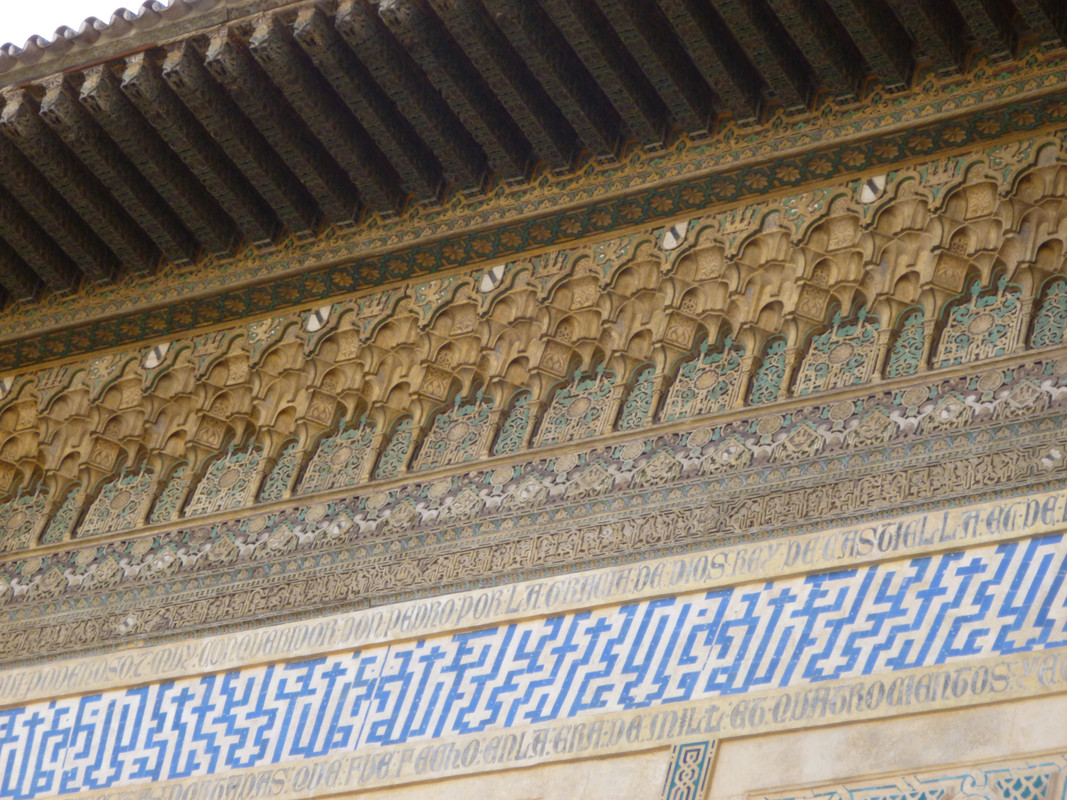
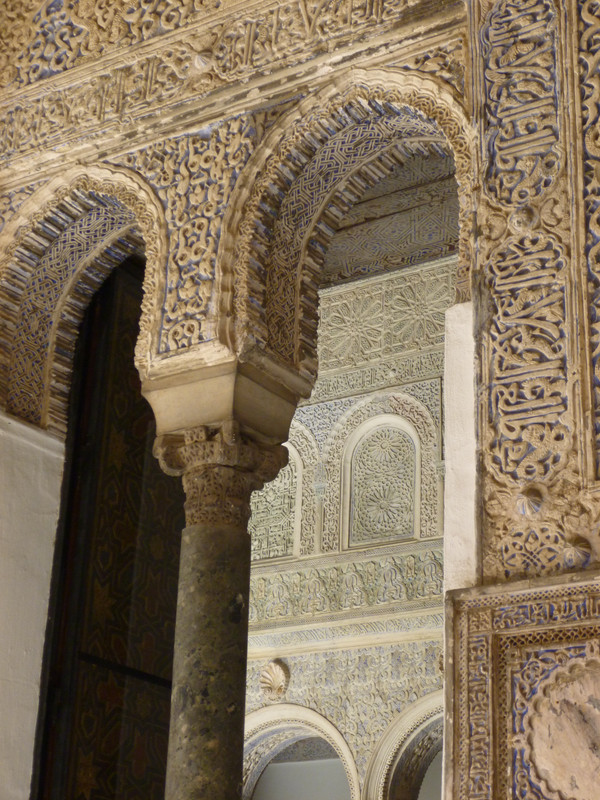
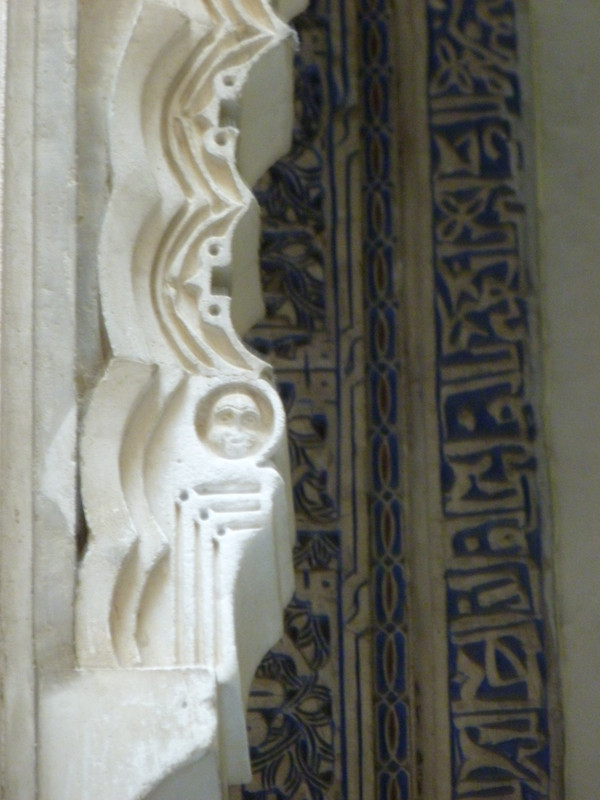
Unfortunately my notes and memory can’t remember if the tour guide said anything about the little face being deliberate or whether it’s just an accidental pattern made by the weathering, but I find it intriguing.
One of the ceilings in one of the rooms of the Palacio Mudéjar or Palacio de Pedro I, depending who’s talking.
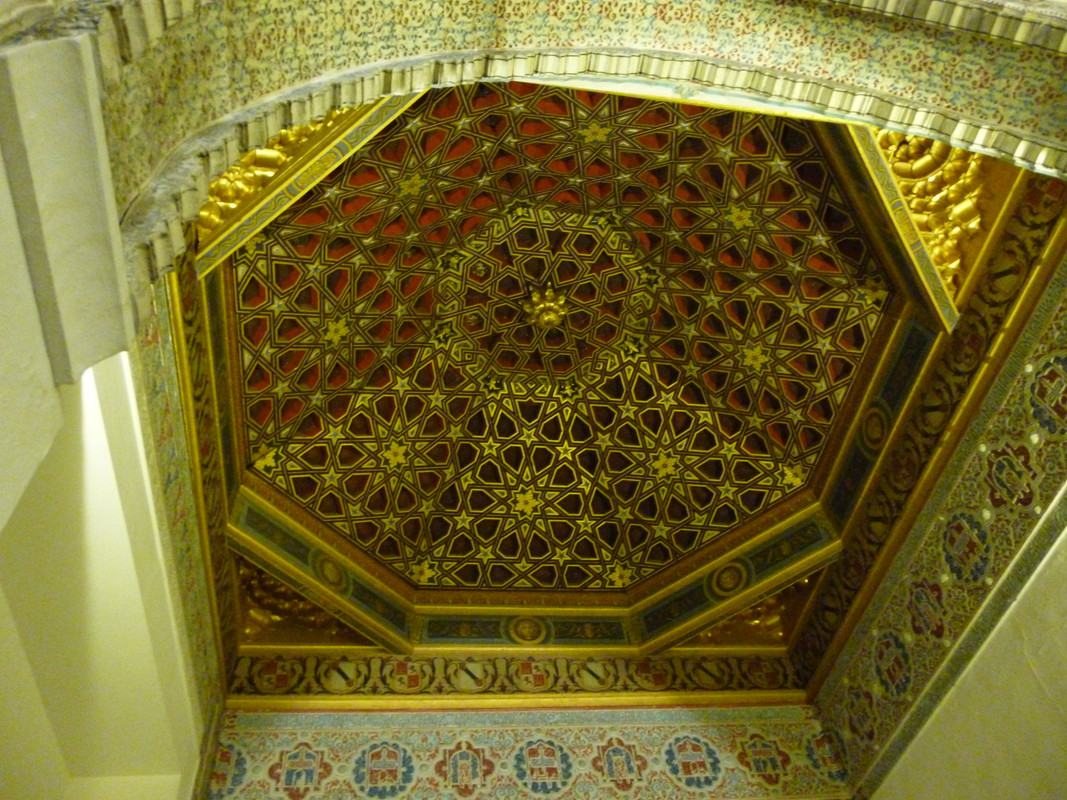
Many of the rooms in the Palacio Mudéjar are that style and covered in gold leaf or gold in the same way.
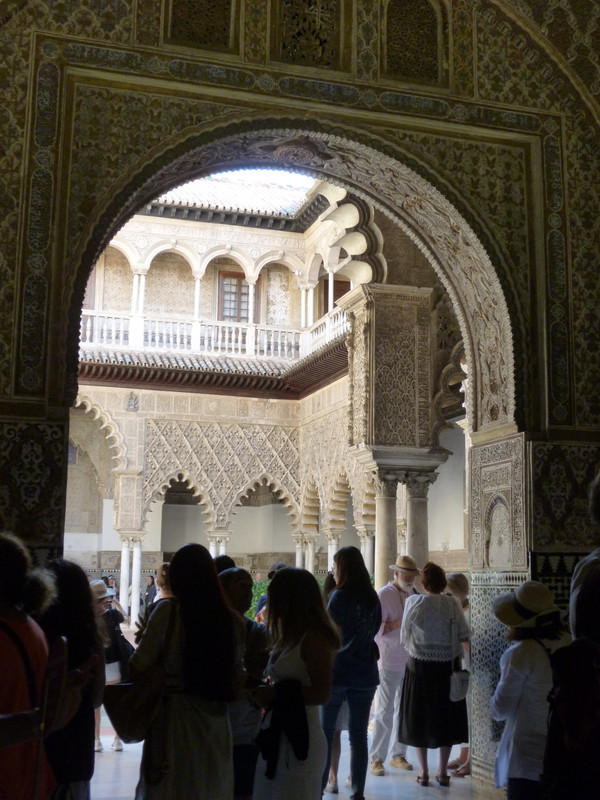
There were also historical treasures.
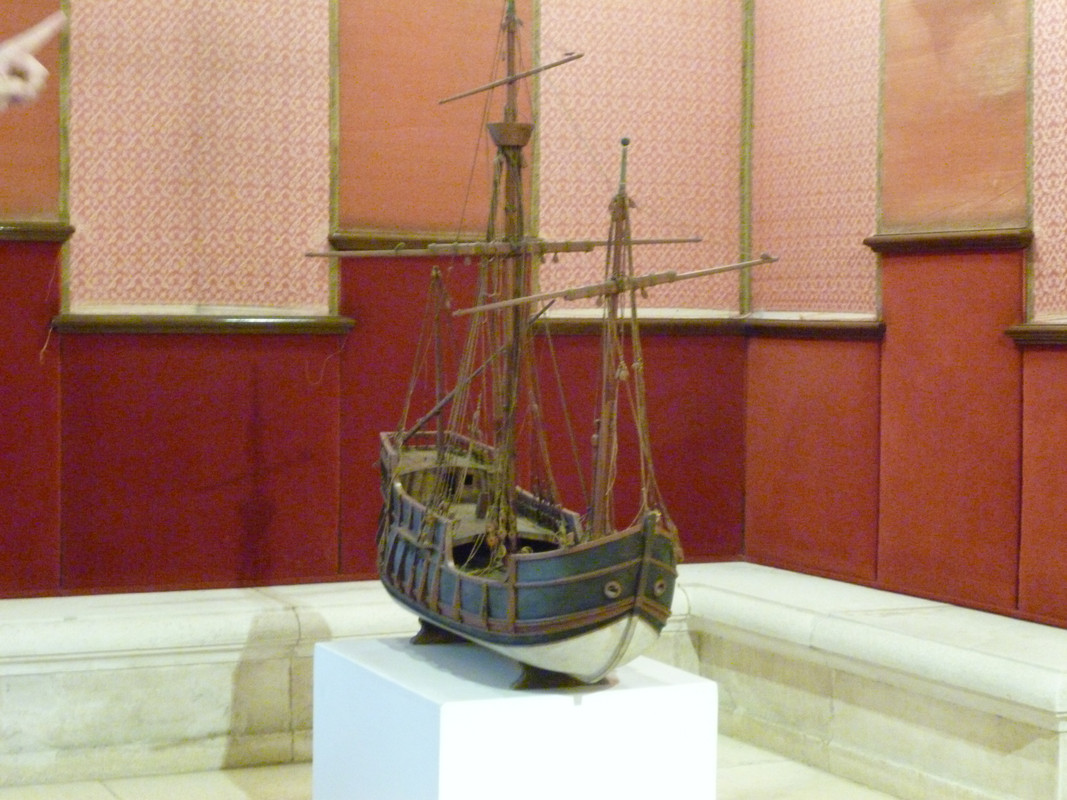
I think it’s the idea that someone >500 years ago saw exactly the same thing, and it’s still there that gets to me.
The inside decorations are but one of the highlights. The gardens are spectacular, and not sharing some of those photos was one of the hardest decisions when cutting this down to 8 photos.
I am sharing one of those below because the contrast of how green it was and the aridity of the surrounding countryside, as seen around Ronda and Grazalema really helped explain the things about the first wave of Caliphs saying “this, this is what heaven looks like.” (Some paraphrasing from the story involved)
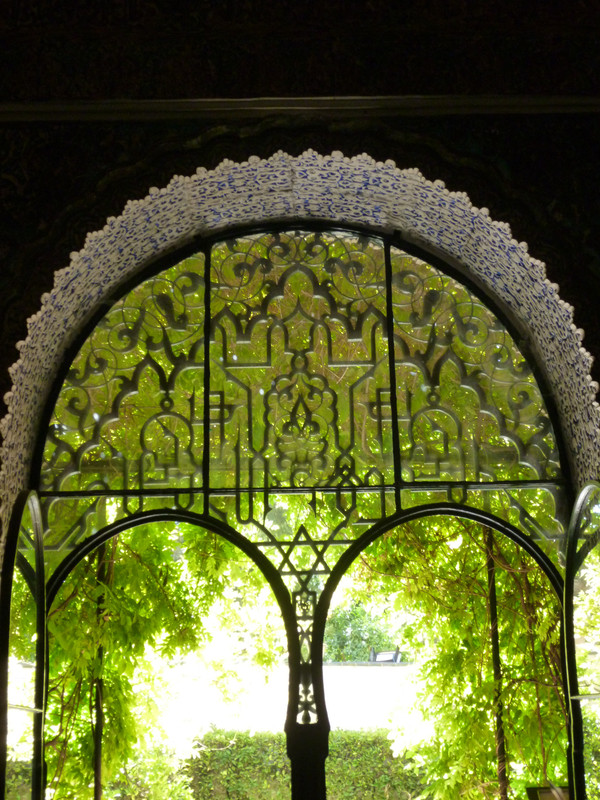
One day I’d like to go back to walk around it at my own speed and do more ooh-ing and ahh-ing.
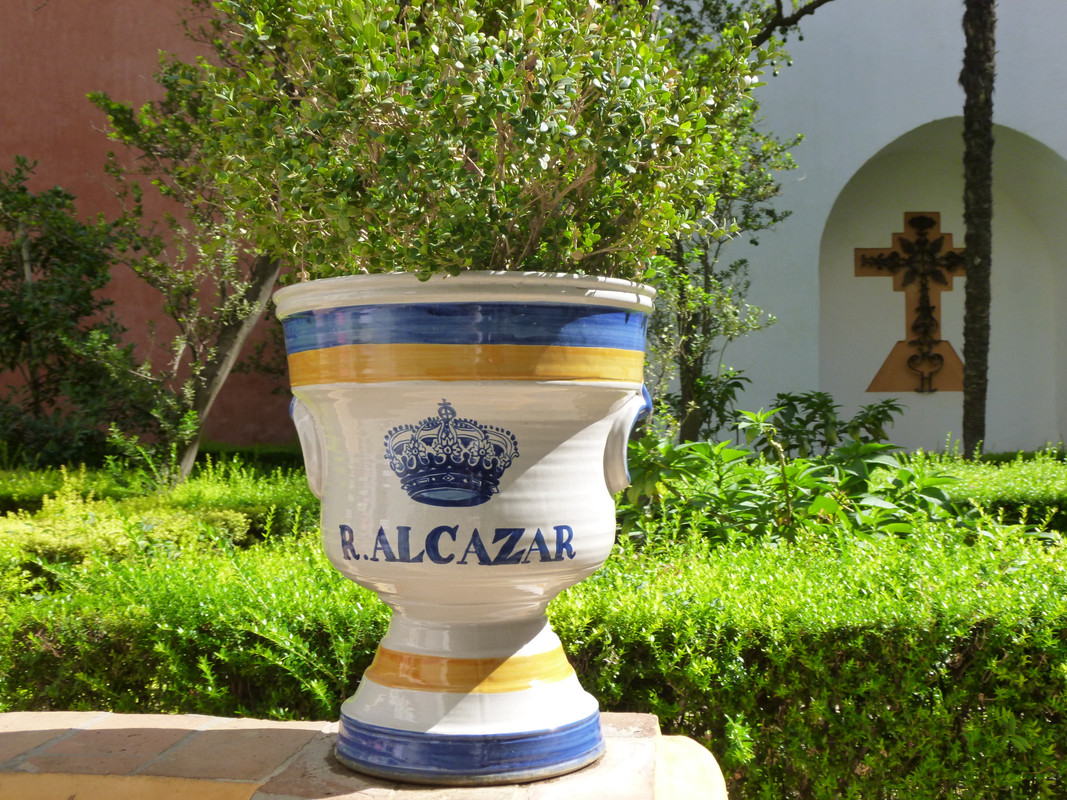
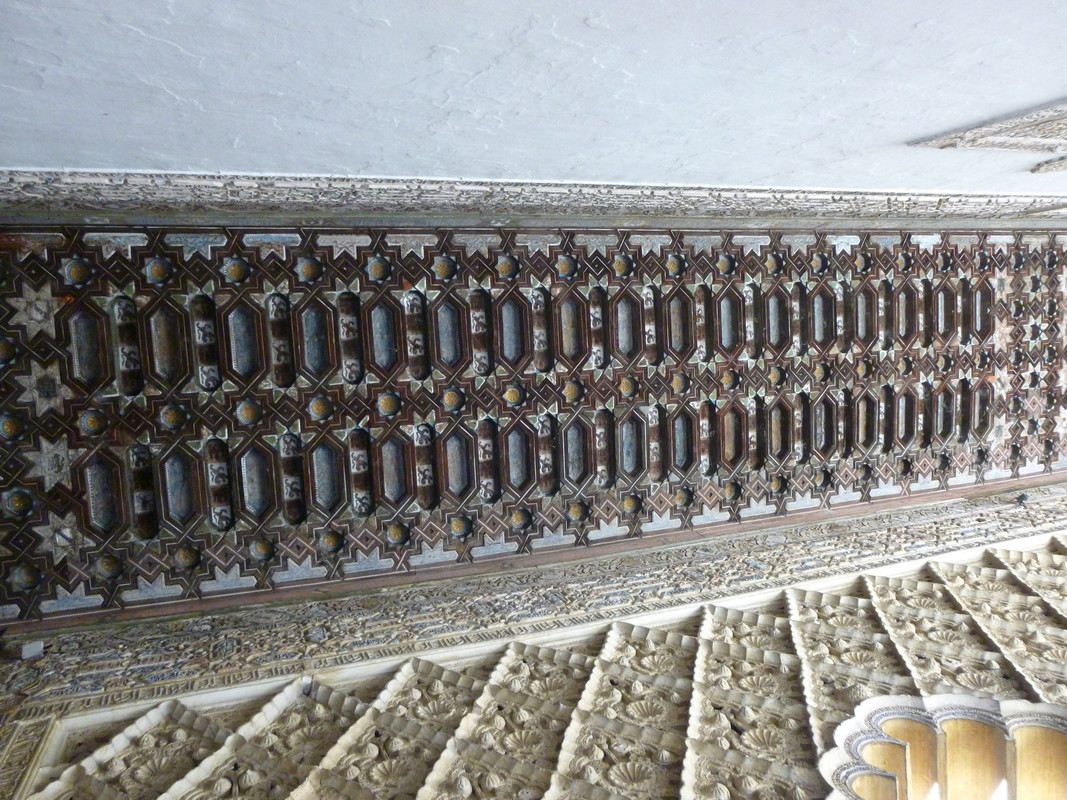
3 thoughts on “Andalusia 2019 – Part 4 – the Alcazar, Seville”